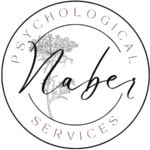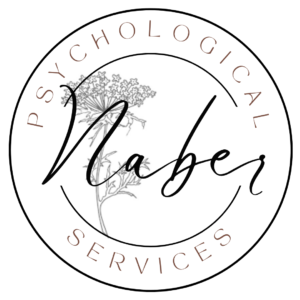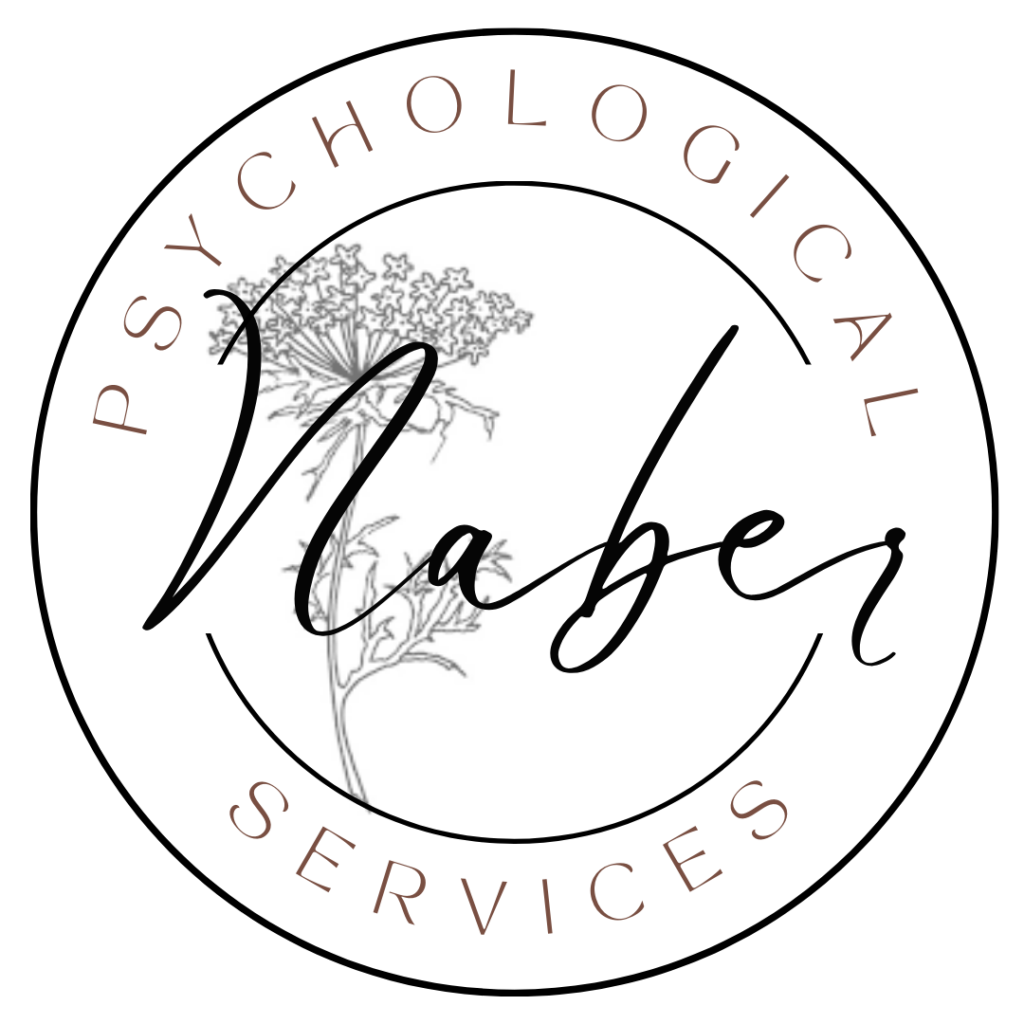Freaking Out or Shutting Down
Sometimes it can feel like our teens are either freaking out or shutting down and no matter what we do, it is the wrong thing. It can feel like the roller coaster from hell, entering into tunnels that are dark and scary, and just as you think your eyes might be adjusting to the environment, you pop out into the elements so bright and startling your head is spinning. This can be how it feels parenting an adolescent and even how it feels to be the child, unable to predict, intercept, or control the emotional waves that seem to have a life of their own.
In my work with emotion regulation skills and my research on the benefits of even minimal exposure to these strategies, I have seen the roller coaster evolve into more of a Ferris wheel, where there are still highs and lows, but you can see them coming, decrease the intensity and even have the breath to talk about it with a person you are on the ride with.
Emotion Regulation, what is it?
Emotion regulation is the ability to modulate or calm intense emotional experiences. In order for a person to be able to do this, there has to be some level of awareness of one’s state and then have some skills or strategies to help.
Who Needs Emotional Regulation?
Here’s the thing, this is not just a skill that adolescents or even children need to learn. It is a skill that many adults lack and could benefit from learning and practicing. Sometimes as adults, we use maladaptive coping skills, such as avoidance, gaslighting, deflecting, taking it out on our kids, or “self-medicating” with substances to “manage” our emotions. Unfortunately, these patterns teach our kids to navigate intense or difficult emotions in similar ways. Teens, like adults, will also avoid feeling and working to manage their emotions in a healthy way. They may do this by use of technology, gaming, social media, and binge-watching entertainment. They may also take it out on you or a sibling, or blow up at friends. They may even self-medicate with substances such as vaping, weed, alcohol, engage in disordered eating (restricting or binge eating), or self-harming, (more about this in a future blog).
Learning and practicing emotion regulation skills can benefit the whole family. Working on this together, rather than attempting to get your teen to practice the skills alone, may benefit the parent-child relationship at the same time. Sometimes we are afraid to be vulnerable and show our imperfections to our kids, as they may use it against us or not respect us. In actuality, it teaches our kids to be open, honest, and connect in an adaptive, healthy way with others. Here’s the thing, because humans all have a negativity bias, (the tendency to pay more attention to negative information than to positive information), we tend to take helpful feedback, such as, “Here are some skills that will help you feel and respond better” and interpret it, “You are the problem and need to change, something is wrong with you.” When we approach learning emotion regulation collaboratively with our teens, they are much more accepting of it. They will also learn as they observe you work to implement these skills in your own life. Darn it! if kids don’t “do what we do, not what we say.”
How to Regulate Emotions?
There are a variety of skills that can help a person regulate intense emotions. Each person is unique in what is effective for them. When I teach emotion regulation, I will offer a few skills, have the youth try them over the week, and then come back and share what seemed to help and what did not seem to be very effective. What works for you may not be what works for your teen. That being said, some very strong strategies actually bypass the frontal lobe (thinking, logic, planning, and decision-making part of the brain) and go right to the source of dysregulation, which is the nervous system and limbic part of the brain. When any human regulates their breathing, it will flip a switch from the sympathetic nervous system(SNS) to the parasympathetic nervous system (PNS). The sympathetic system controls “fight-or-flight” responses. This system prepares the body for strenuous physical activity with increased heart rate, dilated pupils, sweating, trembling, and feeling on edge. The parasympathetic system regulates “rest and digest” functions, calming down the SNS responses. Research has shown that deep breathing techniques can flip that switch for us. Even without changing the environment or emotion, it can calm the body’s reaction. When trying to help your teen regulate, first take a minute to regulate yourself because “a dysregulated nervous system cannot regulate a dysregulated nervous system.” “Put your own oxygen mask on before helping your child.” Thank you air travel protocols.
So by now you are probably thinking, “get on with it women, tell me the strategies for crying out loud, enough with the science!” Okay, Okay, below are some common strategies that help with emotion regulation:
Nine Common Strategies to Increase Emotion Regulation:
- Naming the emotion you are experiencing. This can be challenging if you are not familiar with a variety of emotion names and it can be helpful to use the aid of an emotion wheel.
- Validate the emotion. Remember all feelings are valid. Feelings are just feelings, they are not facts or reality, it is just how you feel at this time. It may be helpful to take a look at my previous blog post on validation
- Identify triggers. What was the precipitating event? In other words, what caused the intense emotions? When we can figure out what was the cause; a hurtful comment, a bad grade, loneliness, stress, etc., we can begin to anticipate that this experience elicits strong emotions so, “I should use one of my strategies now, rather than later after I’ve ruminated on it,” or let it sink it, so to speak.
- Breathing, meditation, mindfulness. Square breathing is my initial go-to breathing technique with my clients and myself. Inhale to the count of 4, hold your breath for a count of 4, and exhale- like you are blowing through a tiny straw (the ridiculous ones you are supposed to stir coffee with, I mean why is it even a straw?) to a count of 4 or until you have blown out all your breath, and then hold again for a count of 4. Repeat this exercise 4-6 times. Additionally, a mindfulness walk; paying attention to nature, the cool air, and the sights and sounds around you can be very regulating. There are many more strategies in this category so feel free to Google some others.
- Talking about it. Preferably in this order: in person – face to face, over the phone – hearing their voice so nothing is lost in translation, over text – but only as a last resort.
- Journaling. This can be in a notebook, voice recording, computer, or even art mediums.
- Take a break. Kind of like a personal time-out! This is especially a good strategy to start with and then move on to engage with another person and talk it through.
- Good sleep hygiene. This could be a whole blog in and of itself. There is no more powerful strategy than learning to get good quality and quantity of sleep. Some people can even benefit from a brief nap (no more than 30 minutes) to reset their brain and emotions.
- Consider therapy. There are times when outside support can help with expediting and solidifying these skills, especially when trauma is a part of the contributing fuel for the intense emotions.
I hope this is helpful as you work to get off the roller coaster and get on the Ferris wheel with your teen. I have included some links below that might offer some additional information or strategies for emotion regulation. Here’s to control and connection!





